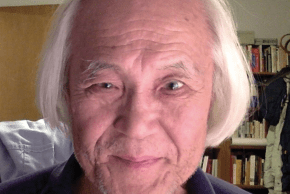A Novel Method of FEM Modeling and Solution without Assembling:
How It Can Be Possible? (And Can the Force Method Come Back?)
Since my official retirement in 2014, a curiosity occupied me:
Can we solve FEM equations without assembling?
An initial outcome from this curiosity led us to develop the DP (Displacement-only Partitioned)-method which has been successfully applied to efficient implicit-explicit transient algorithms, new parallel solution algorithms, reduced-order modeling, structural health monitoring, and topology optimization, among others. We will first present the DP-method and its applications.
Subsequent pursuit to address this curiosity has resulted in a fresh revisit to the century-old force method. This is because the force (flexibility) method was effectively shelved in 1967 when NASA eliminated it from its further developments due to “the greater complexity of its mathematics and the greater density of its matrices,” even though the force method was viewed “more efficient for analyzing the effects of design changes.”
In the second part of the present talk, we concentrate on the PartFlex (partitioned flexibility) method as a dual of the DP-method. The PartFlex method alleviates the mathematical complexities of the classical force method and its flexibility matrix yields the same matrix profile as that of its dual DP-matrix while possessing the very telling advantage of efficiently analyzing the effects of design changes.
Applications of both the DP-method and the PartFlex method are illustrated for a variety of mechanics problems.
